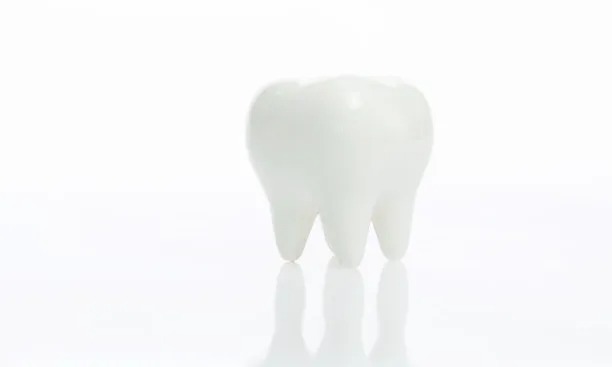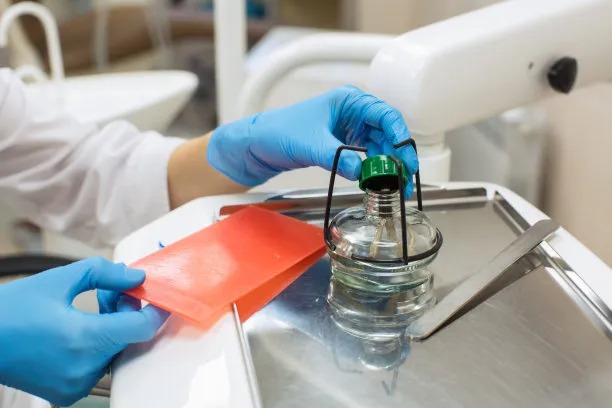Comprehensive Guide to Understanding and Choosing Dental Implant Treatment for Optimal Oral Health and Aesthetic Restoration
Summary: Dental implants are a modern solution to tooth loss that provide both functional and aesthetic benefits. This comprehensive guide explores the different types of dental implants, the treatment process, post-surgery care, and crucial factors to consider when choosing dental implant treatment. By understanding these aspects, patients can make informed decisions that enhance their oral health and improve their smiles. This guide also addresses common concerns and questions, ensuring readers feel equipped and confident in pursuing the dental implant option. With this knowledge, individuals can optimize their oral health and achieve a resilient and aesthetically pleasing restoration.
1. Different Types of Dental Implants Explained

Dental implants come in various types, each designed to meet specific needs based on the patients condition. The most common type is the endosteal implant, which is placed directly into the jawbone. These implants resemble small screws and are widely used because of their durability and cosmetic appeal. For patients with insufficient jawbone density, subperiosteal implants provide an alternative. These are placed underneath the gum tissue but above the jawbone. The choice between these types often depends on individual oral health assessments.
Another growing option is the zygomatic implant, which is anchored in the cheekbone for those who have experienced significant bone loss in the upper jaw. This type requires specialized techniques and should only be performed by experienced dental professionals. Understanding these options allows patients to discuss the most suitable implants with their dentist, based on their unique conditions and dental requirements.
In addition to the types of implants, patients should consider variations in materials used for implants. Titanium is the most popular due to its strength and compatibility with bone. However, ceramic implants are gaining traction because they provide a more aesthetic option by blending in with the natural teeth. Patients must weigh the pros and cons of each material in relation to their specific needs and preferences.
2. The Dental Implant Treatment Process
The dental implant process typically unfolds in several steps, starting with a comprehensive dental examination. Dentists will analyze the patients overall oral health, including X-rays or 3D imaging to assess bone structure. This initial assessment is crucial for determining the most appropriate implant type and ensuring a favorable outcome. Patients should feel comfortable asking questions during this stage to understand the forthcoming procedures better.
Once the assessment is complete, the implant surgery is scheduled. During this procedure, the dentist will place the implant into the jawbone, followed by a healing period known as osseointegration. This phase may take several months, during which the bone grows around the implant, securely anchoring it in place. Communication with the dentist during this recovery period is vital in identifying any potential issues early.
Finally, after the healing process, a crown (the visible part of the tooth) is created and attached to the implant. This is when patients can truly appreciate the aesthetic benefits of their implants. Proper follow-up appointments ensure the implants heal correctly and function well. Overall, the entire treatment process can take several months, but patience ultimately leads to enduring results.
3. Aftercare and Maintenance of Dental Implants
Taking care of dental implants is essential for longevity and optimal function. Patients should maintain a thorough oral hygiene routine, which includes regular brushing and flossing. While implants are not subject to decay, the surrounding gum tissue can develop infections or other issues if not cared for properly. Regular visits to the dentist are also crucial, as professionals can monitor the health of the implants and surrounding tissues.
In addition to routine oral care, patients should be mindful of their lifestyle choices. Avoiding tobacco products can significantly improve the success rate of dental implants, as smoking can impede healing and lead to complications. Dietary considerations are equally important; a balanced diet rich in vitamins and minerals can enhance bone and gum health, promoting the overall efficacy of dental implants.
Furthermore, custom cleaning tools, such as interdental brushes and water flossers, can assist with the unique cleaning needs associated with implants. Dentists can provide tailored advice on the best products based on individual circumstances, ensuring the patient’s oral care regime supports their dental implants effectively.
4. Key Factors to Consider When Choosing Implants
Choosing dental implants involves multiple considerations beyond just the type of implant. Firstly, assessing the qualifications and experience of the dental provider is paramount. A qualified professional with a track record in implant dentistry ensures that patients receive optimal care throughout the procedure. Researching online reviews and seeking personal recommendations can help patients identify reputable dentists.
Cost is another significant factor. Understanding the financial commitment involved in dental implants is essential; prices can vary based on the complexity of the procedure, the type of implants used, and associated costs, such as initial consultations and follow-up appointments. Many dental practices offer payment plans or financing options, which can alleviate the burden of upfront costs.
Lastly, patient preferences, including aesthetic concerns and comfort level with the chosen implant type, should influence the decision-making process. Engaging in open discussions with the dentist about expectations can enable a more personalized treatment plan that aligns with the individual’s goals for oral health and aesthetics.
Summary:
In conclusion, understanding dental implant treatments is crucial for anyone considering this option for tooth replacement. From grasping different types of implants to navigating the treatment process, proper aftercare, and weighing essential choices, informed decisions can significantly impact oral health and aesthetics. Thorough knowledge empowers patients to control their dental journeys actively.
This article is compiled by Vickong Dental and the content is for reference only.



